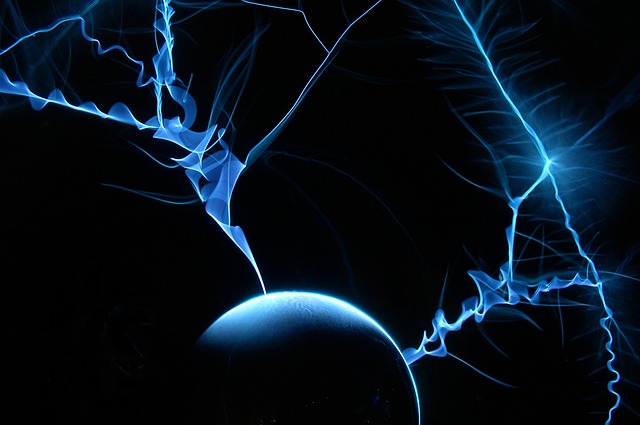Perovskite is a mineral that has long fascinated researchers, particularly those invested in green energy. It has proven to be very effective when used for solar cells, though not viable due to its short lifespan. However, researchers have also used the mineral to create a new quantum random number generator. Here’s how it went.
Quantum #physics and new materials enhance #cybersecurity.
— Linköpings universitet (@liu_universitet) September 4, 2023
Researchers at LiU have developed a new type of random number generator that provides more secure #encryption using light-emitting diodes made from the crystal-like material perovskite.
Read more: https://t.co/wdZpfAz7i3 pic.twitter.com/hPQmHOmTmF
Random Number Generation
First, it helps to know what random number generators are, alongside their main functions and importance. Most people know RNGs from entertainment that relies on varied outcomes, which is where the RNG spits out a value that cannot be predicted. It’s the digital equivalent of a dice roll, with many more sides. This is commonplace in iGaming, where online casino sites literally roll digital dice or draw cards from a deck, which are all randomized at point of contact with the customer. So, when people play blackjack at Paddy Power for example, an RNG is used to shuffle cards. Current RNG is unpredictable, ensuring randomness in games that rely on it.
However, RNGs also have a much broader use. Cryptography relies on RNGs to generate keys, which are then used to encrypt and unencrypt data. If you have a password generator, it uses similar technology to develop passwords for your accounts. This is why RNGs are still improving – humans can’t predict RNG output by themselves, but they can crack them with the help of rival computer programs. As such, RNGs are always seeking improvement to become unpredictable to other software too.
The Perovskite QRNG
That’s where quantum random number generation comes in. QRNGs are a subset of generators that rely on quantum mechanics to ensure a higher standard of randomness. Put simply, if an RNG generates bits to form a randomized key, then a QRNG can use qubits and generate something more unpredictable. This is because qubits can exist in multiple states at once, best explained by Microsoft’s Azure quantum computing project.
Quantum computing is becoming an arms race that will necessitate new cybersecurity standards. This is the reason as to why Feng Gao and Guilherme Xavier of Sweden’s Linköping University started tinkering with a perovskite solution. Gao had studied perovskite for the better part of a decade.
Perovskite LEDs, or PeLEDs, allow the mineral to be used in QRNGs. Most QNRG projects thus far have used expensive laser technology to achieve proof-of-concept generators. However, they are too pricey for the market. Gao said: ‘it’s important that the cost is kept down, and the production is as environmentally friendly as possible’ if QRNGs are to be adopted. Adding a PeLED to traditional beam splitting QRNGs means they require less energy, making them more cost-effective.
The Perovskite Problem
This is where Gao and Xavier run into the same problem that many solar power researchers have encountered over the past decade – making perovskite last. While hailed as a miracle material in publications like the Independent, perovskite degrades at an alarming rate. In Gao and Xavier’s QRNG prototype, the perovskite lasted for 22 days.
To keep up with both cybersecurity and solar panel demands, it needs to work for a matter of years. Perovskite solar cell lifespan has improved throughout the years, though not to the market standard that would rival and replace silicon.
Perovskite solar panels are constantly undergoing research and improvement. Our new article explains how solar system efficiency is defined and the current power efficiency market status of PSCs:https://t.co/WFCPPMrt5C pic.twitter.com/mtOeFf8yIV
— Perovskite-Info (@perovskiteinfo) April 14, 2020
Xavier is optimistic that PeLED QRNGs could hit the market within five years, but until then, the perovskite problem will need to be solved.
